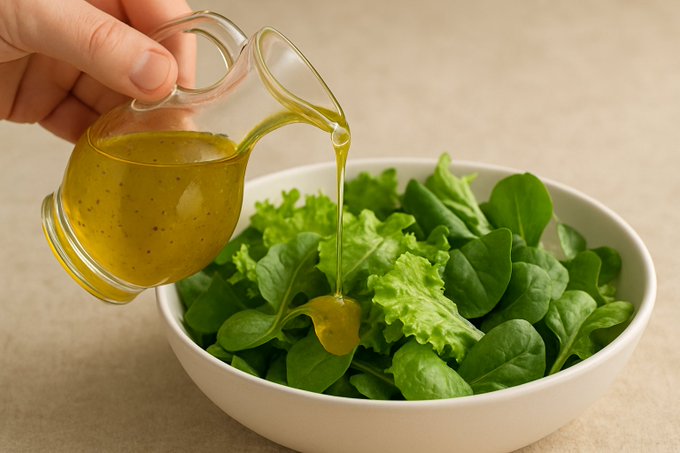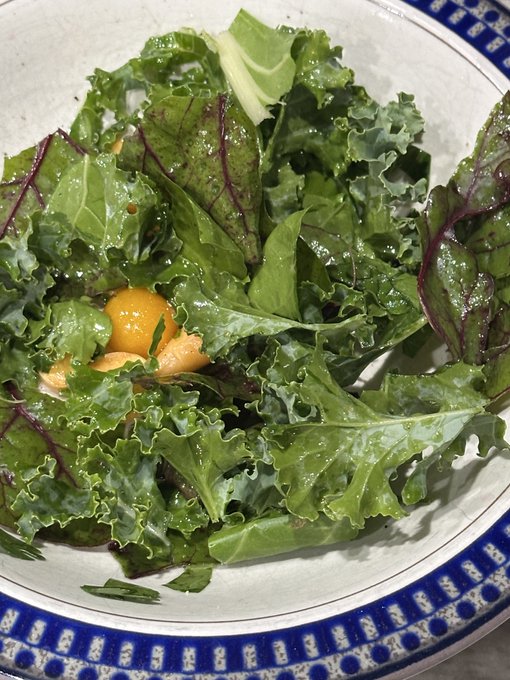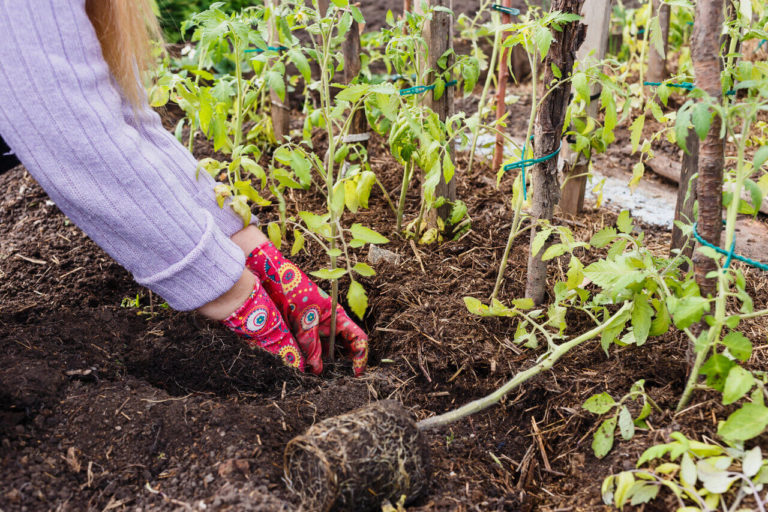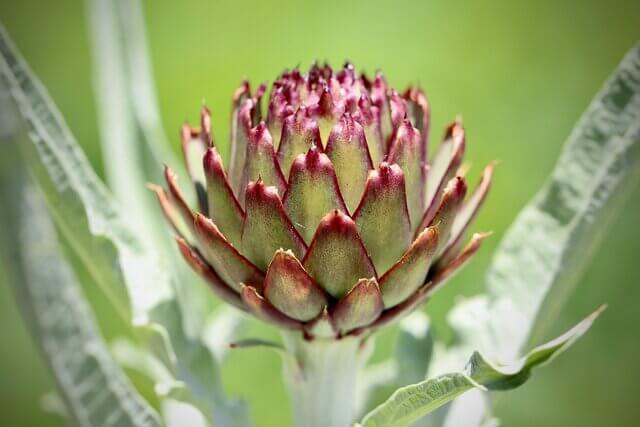Homemade Vinaigrette for Garden Vegetables: Easy & Fresh
There’s nothing quite like walking out to the garden and picking vegetables that are still warm from the sun. If you grow your own food, you know that joy, the crunch of a cucumber, the pop of a cherry tomato, the scent of fresh herbs clinging to your fingers. And if you’ve ever wondered how to make the most of them quickly, a homemade vinaigrette for garden vegetables might just be the answer. The only question is: how do you keep it exciting meal after meal without overcomplicating things?
One of my favorite answers is vinaigrette. It’s a simple dressing made with oil, acid, and a few flavor boosters that can completely change the way you enjoy your vegetables. It takes just a few minutes to make, and with the right adjustments, you can match it to whatever’s coming out of your garden today.
A good homemade vinaigrette for garden vegetables brings out their best flavor with minimal effort. These vinaigrettes are endlessly adaptable, whether you want something fresh and citrusy or bold and tangy.
Understanding the Basics of a Homemade Vinaigrette for Garden Vegetables
Here’s how it works:
Oil is the base. It gives the dressing body and helps it cling to your vegetables. Olive oil is the most popular choice, but avocado oil offers a neutral, creamy alternative, and walnut oil adds a subtle nuttiness. Oil makes up the bulk of your vinaigrette and balances the acidity.
Acid gives your vinaigrette its tang and brightness. Lemon juice is fresh and summery, while apple cider or white wine vinegar adds more depth. Acid wakes up the flavors in your vegetables and keeps the dressing from feeling heavy.
Flavor boosters bring it all together. This includes things like Dijon mustard (for tang and emulsification), honey or maple syrup (for sweetness), lemon zest, fresh herbs, and optional garlic or shallots. These ingredients are small in quantity but make a big difference in flavor.
Together, these three components let you build something that’s just right for your taste, your vegetables, and your dietary needs. Once you get comfortable building your own vinaigrette, you might find yourself coming up with combinations worth repeating. Having a dedicated recipe keeper is a great way to track your favorites as your garden (and creativity) evolves.
In the sections that follow, I’ll walk you through the best veggies to pair with vinaigrette, how to build your own version from scratch, and a few delicious, unexpected ways to use it beyond a basic green salad.
Best Garden Veggies for Homemade Vinaigrette for Garden Vegetables
You can pair a vinaigrette with almost any vegetable, but some shine especially bright.
Raw Favorites: Cucumbers, cherry tomatoes, bell peppers, radishes, shredded carrots, and snap peas are all perfect for soaking up flavor without needing any cooking. If you like a little onion in your salad, thinly sliced red onion or scallions can work well, but if you’re like me and need to avoid them, try chopped chives, fennel fronds, or even celery leaves for that same bright bite.
Best When Cooked: Some veggies become even better when lightly cooked and then tossed in vinaigrette while still warm. Zucchini, summer squash, eggplant, green beans, and corn (cut off the cob) all absorb flavor beautifully this way. If you tolerate garlic, roasting a few whole cloves with your veggies can add richness—just remove them before serving. For those avoiding garlic, garlic-infused oil may be a good alternative.
Leafy Greens & Herbs: Tender greens like arugula, spinach, and butter lettuce are vinaigrette-ready with just a quick toss. Add herbs like parsley, basil, dill, or mint to the mix, and you’ve got a salad that tastes like summer.
How to Harvest Herbs for Homemade Vinaigrette for Garden Vegetables
Since herbs are a big part of what brings a vinaigrette to life, it helps to know when and how to harvest them for the best flavor. Pick in the early morning when essential oils are strongest. Gently rinse and pat dry, then store wrapped in a slightly damp paper towel inside a plastic bag or container. Soft herbs like parsley, dill, and basil bring a punch of flavor without overpowering the other ingredients, and they shine in dressings.
How to Build a Homemade Vinaigrette for Garden Vegetables from Scratch
The basic vinaigrette formula is 3 parts oil to 1 part acid. From there, you can layer in extras based on your taste and what’s on hand.
Oils: Olive oil is a classic and works with nearly everything. Avocado oil is more neutral and creamy, while walnut oil adds a toasty depth.
Acids: Fresh lemon juice gives brightness and pairs perfectly with summer herbs and raw veggies. Apple cider vinegar adds a little sweetness and fruitiness. White wine vinegar is light and crisp, great for leafy greens.
Flavor Boosters
These small but mighty ingredients are what bring a vinaigrette to life. Dijon mustard adds body and helps emulsify the dressing, making everything blend smoothly. A bit of honey or maple syrup balances out the acidity, especially when you’re working with lemon juice or vinegar. Lemon zest brightens things up with a fragrant citrus note, and chopped herbs like basil, parsley, dill, or chives add freshness and flavor. For those who can tolerate them, garlic or shallots deepen the flavor even further.
Since I’m sensitive to garlic and onions, I often turn to alternatives like extra lemon zest, celery leaves, chives, or a dash of garlic-infused oil. Mustard and herbs do a great job of bringing in flavor where garlic and onion would typically step in., I sometimes use extra lemon zest, celery leaves, chives, or a dash of garlic-infused oil. Mustard and herbs make up for what garlic and onion would normally provide.
Easy Recipes for Homemade Vinaigrette for Garden Vegetables
Here are two easy vinaigrettes I use all summer long. You can double or triple them if you’re dressing a big platter of vegetables or want to store some for the week.
Lemon-Herb Vinaigrette
- 3 tablespoons olive oil
- 1 tablespoon fresh lemon juice
- Zest of half a lemon
- 1 tablespoon chopped herbs (basil, parsley, or dill)
- 1 teaspoon honey or maple syrup (optional)
- Salt and pepper to taste
Whisk everything together or shake in a small jar. This one’s fantastic on fresh tomato-cucumber salads, grilled zucchini, or even over avocado toast.
Vinegar-Herb Vinaigrette
- 3 tablespoons olive oil
- 1 tablespoon apple cider vinegar
- 1 teaspoon Dijon mustard (optional)
- 1 teaspoon honey or maple syrup
- 1 tablespoon chopped herbs
- Salt and pepper to taste
This one’s great for cooked green beans, roasted potatoes, or chilled pasta salads. A teaspoon of finely minced shallot can add a nice pop, but I prefer chopped chives or extra herbs.
How to Adjust Flavor Without Losing Balance
Making a vinaigrette is more art than science, and a few small adjustments can completely shift the flavor profile. If your dressing turns out too tart, you can mellow it by adding more oil or a touch of sweetener like honey or maple syrup. If it tastes bland, try adding a pinch of salt, a splash more acid, or even a bit of lemon zest to brighten things up. For vinaigrettes that come out too oily or flat, a small splash of extra acid, or even a teaspoon of water, can bring it back into balance. And if you’re craving a creamier texture, whisk in a spoonful of tahini, plain yogurt, or mashed avocado.
Because vinaigrettes are naturally vegan (unless you use honey), gluten-free, and low-carb, they suit a variety of dietary preferences. I also appreciate that they’re easy on the digestive system, with no thickeners, mystery ingredients, and only fresh, real flavor.
Creative Ways to Use Homemade Vinaigrette for Garden Vegetables
Vinaigrette is for more than just lettuce. It’s one of the most versatile things you can make with a few pantry staples. I use it all week long in different ways. It’s perfect tossed with roasted or grilled vegetables right after cooking, when they’re still warm and ready to soak up flavor. I also love spooning it over warm potatoes or corn, or mixing it into cooked chickpeas or white beans for a fast, protein-rich side dish. Drizzling vinaigrette over baked sweet potatoes adds brightness, and stirring it into cooked pasta with herbs and chopped veggies makes for an easy, satisfying summer salad. It even works well as a marinade for chicken, tofu, or shrimp. Warm vegetables, in particular, soak up vinaigrette better than cold ones, so if you’re cooking anything, try tossing it while it’s still hot.
Herby Summer Veggie Toss
When zucchini and tomatoes are coming in fast, this is one of my favorite go-to recipes. It’s quick to make, versatile, and works with whatever herbs you have on hand. You can serve it warm right off the stove, chilled as a make-ahead side, or even repurpose the leftovers the next day on toast or tucked into a wrap.
Ingredients:
- 2 zucchini or yellow squash, sliced
- 1 red bell pepper, chopped
- 1 cup cherry tomatoes, halved
- 2 tablespoons olive oil
- Juice of half a lemon
- 1 tablespoon chopped basil or parsley
- Salt and pepper to taste
Instructions: Heat oil in a pan over medium heat. Add zucchini and bell pepper and cook for 5–6 minutes until just tender. Add cherry tomatoes and cook 2–3 more minutes until softened. Remove from heat, stir in lemon juice and herbs, and season with salt and pepper.
Serve as-is or drizzle with one of the homemade vinaigrettes for garden vegetables mentioned earlier to take it even further.
No-Cook Summer Salad for the Hottest Days
When it’s extremely hot outside and I don’t want to heat the house up using the stove, this recipe is an excellent choice:
- 1 cup sliced cucumber
- 1 cup cherry tomatoes, halved
- Kernels from 1 ear fresh corn (raw or briefly steamed)
- 1 small shredded carrot
- 1 tablespoon chopped herbs
- 2 tablespoons lemon vinaigrette
Toss together and chill. This is one of the simplest ways to enjoy a homemade vinaigrette for garden vegetables, and you can top it with feta, chopped nuts, or avocado if you like. This is great for potlucks, lunches, or lazy nights on the porch.
Storing Homemade Vinaigrettes
Make a jar of dressing and keep it in the fridge for the week. It’ll last 5–7 days if you use clean utensils and don’t add anything perishable like fresh garlic or onion. Just shake before each use; it’s normal for a homemade vinaigrette for garden vegetables to separate in the fridge.
For longer storage, skip the fresh herbs and add them when you’re ready to serve. Garlic-infused oil can keep flavor strong without shortening the shelf life.
Make It Your Own
A homemade vinaigrette for garden vegetables is one of the easiest ways to turn simple produce into a satisfying meal. Whether you’re harvesting cucumbers by the armful or sautéing squash for dinner, a well-made vinaigrette brings it all together. And whether you skip garlic and onion like I do or include them when you can, the flavors you build with herbs, lemon, and oil will always let your vegetables shine.
The final tip in creating the best vinaigrettes is to keep your recipes safe, organized, and close at hand. I use a recipe keeper and love it. Over time, this has become one of my family’s most prized possessions—one that we refer to often. Having a designated spot for your go-to vinaigrettes and veggie dishes means you’re not searching scraps of paper or scrolling through notes when it’s time to cook. It really does make the everyday kitchen experience more enjoyable.
I’m Kim Nelson, a writer, entrepreneur, and Master Gardener; please connect with me. Have gardening questions or want more information? Join the VeggieGardenHQ.com community to get your copy of “Grow These Three Vegetables Anywhere Year-Round” and direct access to much more gardening information I share in my weekly newsletter.









